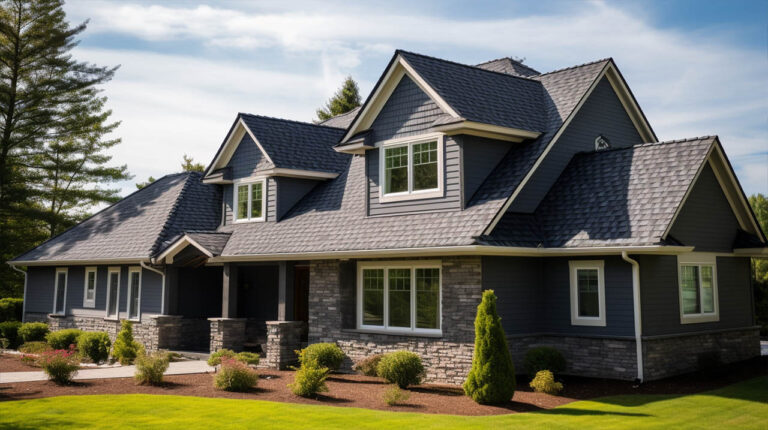Roofing is an essential component of every home, acting as the first line of defense against the elements. With the increasing frequency of severe weather events, homeowners are now seeking more resilient roofing solutions. Enter Class 4 Impact Resistant Roofing Shingles, the pinnacle of roofing protection.
Understanding Impact Resistance Ratings
Roofing products undergo stringent testing by independent, nationally recognized laboratories to ensure they meet performance specifications. The Underwriter Laboratories (UL) rates the impact resistance of roof coverings between Class 1 and 4, with Class 4 being the zenith of durability.
Measuring Impact Resistance for Roofing Shingles
The UL 2218 test is the gold standard for measuring the impact resistance of roofing shingles. In this test, a 2-inch diameter steel ball is dropped from a height of 20 feet onto a shingle, replicating the impact of hail. For a shingle to pass the Class 4 impact resistance test, there should be no visible signs of tearing, fracturing, or any other damage on the backside of the shingle.
Why Class 4 Shingles Matter to Homeowners
Severe weather, especially hail, can wreak havoc on roofs. For homeowners residing in hail-prone regions, Class 4 shingles offer a robust shield against potential damage. Not only do these shingles provide superior protection, but many insurance companies also recognize their value, offering discounts to homes equipped with Class 4 shingles.
The Aftermath of Hail on Roofs
Hail can manifest in various sizes, from tiny ice pellets in mountainous regions to pebble or even golf ball-sized hail in plains states. Regardless of size, hail can inflict significant damage on roofing shingles, including:
- Cracking or breaking the shingle, exposing it to further harm.
- Damaging the protective asphalt layer.
- Dislodging the protective granules on the shingle’s surface.
Over time, these damages can escalate, making the roof susceptible to the sun’s harmful ultraviolet rays, eventually necessitating a roof replacement.
Identifying Hail Damage
Post-hailstorm, homeowners should be vigilant in inspecting their properties. Signs of potential roofing damage include fallen tree limbs, dents on vehicles, and damage to sidings or garage doors. Additionally, after subsequent rainstorms, check for granules in gutters or beneath downspouts, as this could indicate shingle damage.
The Importance of Professional Inspection
If you suspect hail damage, it’s prudent to consult a trusted local roofing contractor for a thorough inspection. These professionals employ a systematic approach, segmenting the roof into sections and counting hail strikes to determine the extent of damage. At TecHero Roofing, we pride ourselves on our meticulous inspection process, ensuring that North Hills roofing remains resilient against the elements.
Protecting Your Home with Impact Resistant Shingles
Hail can compromise the structural integrity of a roof, leading to water infiltration and subsequent issues like mold and mildew. By investing in Class 4 shingles, homeowners can significantly mitigate the risk of damage during extreme weather events. Whether you’re seeking roof repair in North Hills or contemplating a complete roofing overhaul, TecHero Roofing is your trusted partner in ensuring your home remains protected.
Conclusion
In the ever-evolving world of roofing, Class 4 Impact Resistant Roofing Shingles stand out as the epitome of resilience and protection. For homeowners in North Hills and beyond, these shingles offer peace of mind, knowing that their homes are shielded from the harshest of elements. At TecHero Roofing, we’re committed to delivering top-tier roofing services in North Hills CA, ensuring that every roof we work on is built to last.


